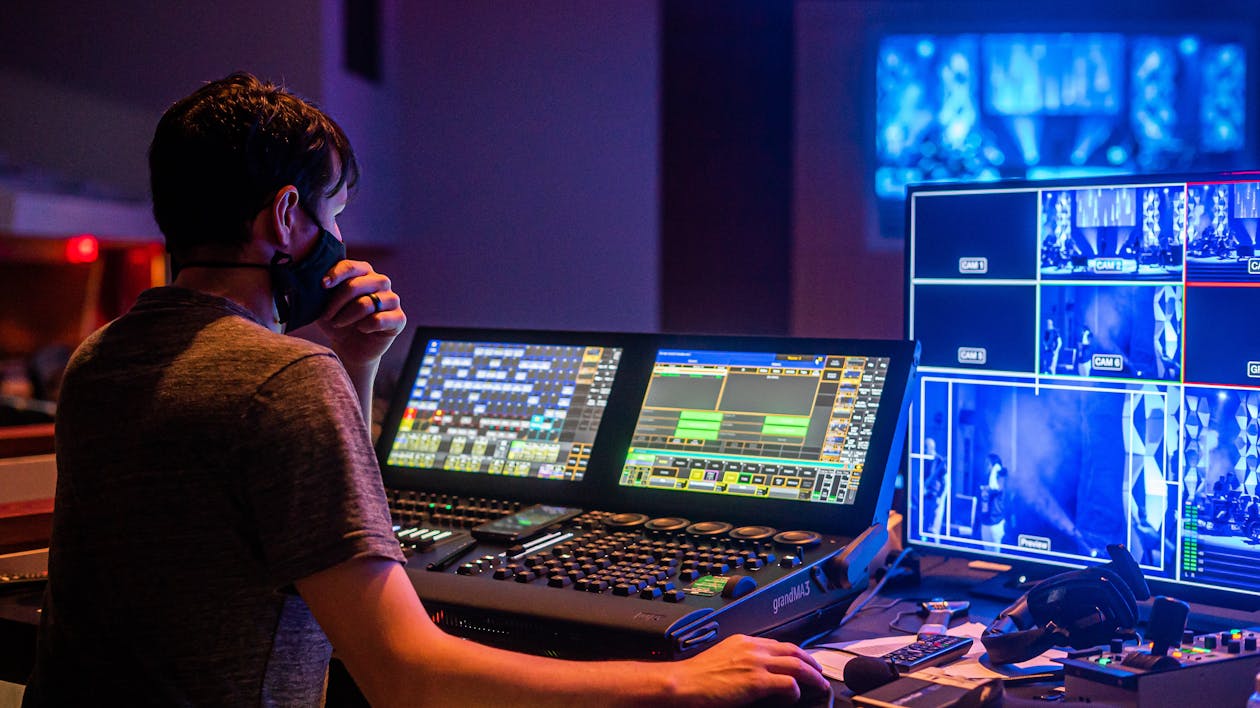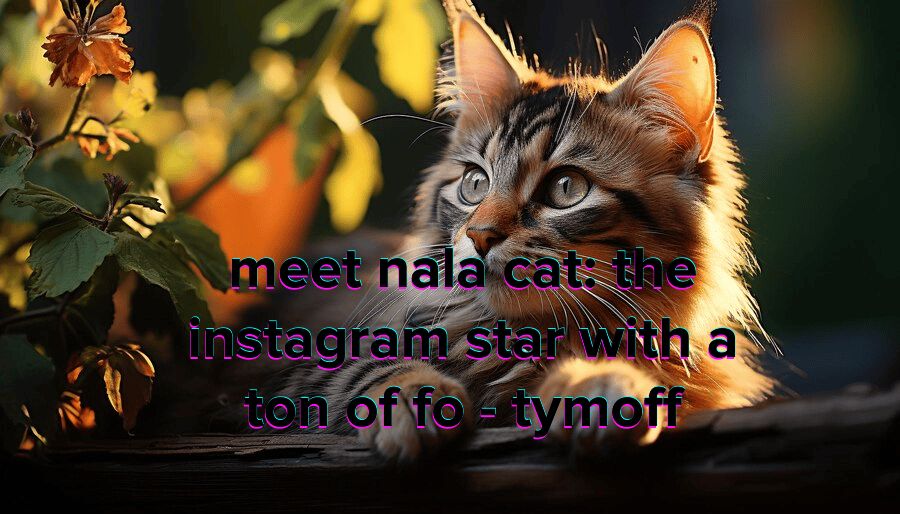The artistic landscape is on the cusp of a revolution. Artificial intelligence (AI) is no longer confined to the realm of science fiction; it’s rapidly making its presence felt in the vibrant world of art. AI-generated art, once a whimsical notion, is now a powerful tool capable of producing breathtaking visuals, sparking profound questions about human creativity, and even challenging our very definition of art itself.
Table of Contents
ToggleA Kaleidoscope of Techniques: Demystifying AI in Art Creation
The realm of AI art is a fascinating tapestry woven from a multitude of techniques. Here, we delve into some of the most prominent methods employed by AI artists:
-
Generative Adversarial Networks (GANs): Imagine two neural networks engaged in a perpetual creative duel. One, the generator, strives to produce increasingly realistic images, while the other, the discriminator, attempts to discern the real from the AI-fabricated. This adversarial dance results in ever-evolving artistic outputs that push the boundaries of realism.
-
Autoencoders: These AI models act as artistic impressionists. They ingest an image, compress its essence into a latent code, and then attempt to reconstruct the image based on this compressed data. The results can be fascinating distortions of the original, often imbued with a dreamlike quality.
-
Style Transfer: Have you ever dreamt of witnessing the world through the eyes of Van Gogh or Picasso? Style transfer algorithms make this possible. By feeding an image and a reference artwork into the system, AI can seamlessly blend the styles, creating a unique hybrid that pays homage to the chosen artistic influence.
Beyond Mimicry: The Symphony of Human and Machine
While AI can undoubtedly generate stunning visuals, it’s crucial to recognize that it doesn’t operate in a vacuum. The true magic unfolds when human and machine creativity converge. Here’s how this dynamic interplay manifests:
-
Curation and Prompt Engineering: The artist acts as the conductor of the AI orchestra. By carefully selecting the training data and crafting insightful prompts, they guide the AI towards specific artistic goals. A prompt could be anything from a detailed description of a fantastical landscape to a simple emotion like “melancholy.” The artist’s vision becomes the seed from which the AI’s creative potential blossoms.
-
Refinement and Iteration: The initial AI output is rarely the finished masterpiece. Human intervention is essential to refine the results. Artists might use editing software to enhance specific aspects of the image, add personal touches, or nudge the AI in a new creative direction through further prompts. This iterative process fosters a collaborative spirit, where human and machine creativity interweave seamlessly.
The Expanding Canvas: Exploring the Diverse Applications of AI Art

The influence of AI art extends far beyond the realm of galleries and museums. Here are just a few exciting applications that showcase the versatility of this nascent technology:
-
Concept Art and Illustration: In the fast-paced world of animation and game development, AI can be a valuable asset for concept artists. It can generate a vast array of options, accelerating the creative brainstorming process and allowing human artists to focus on refining the most promising ideas.
-
Fashion and Design: Imagine AI algorithms conjuring up never-before-seen textile patterns or generating personalized clothing designs tailored to individual tastes. This is precisely the future AI art promises in the fashion industry, fostering innovation and personalization.
-
Democratizing Art Creation: For those who might not have access to traditional art supplies or formal training, AI art creation tools offer a democratizing force. User-friendly interfaces allow anyone to experiment with artistic expression, nurturing a sense of creative empowerment.
A Spark in the Eye of the Beholder: Contemplating the Philosophical Implications of AI Art
The emergence of AI art inevitably ignites a flurry of philosophical questions. What does it mean to be a creative being in a world where machines can generate art? Does AI-generated art possess the same soul or depth as human-created works?
These are questions that will likely be debated for years to come. However, AI art can also be seen as an opportunity to expand our definition of creativity. It compels us to acknowledge the spectrum of artistic expression, encompassing both human and machine ingenuity. Perhaps, AI art is not a replacement for human creativity, but rather a potent tool that can augment and inspire us, pushing the boundaries of artistic exploration even further.
The Enthralling Melody: Benefits of IoT
The benefits of embracing the IoT are numerous, promising to enhance our lives in profound ways:
- Enhanced Efficiency: IoT automates tasks and optimizes processes, leading to increased efficiency and productivity across various sectors.
- Improved Decision-Making: Data collected by connected devices provides valuable insights that can inform strategic decision-making, leading to better outcomes.
- Resource Optimization: IoT enables intelligent resource management, from optimizing energy consumption in buildings to minimizing waste in manufacturing processes.
- Personalized Experiences: By learning individual preferences and behaviors, IoT devices can personalize experiences, from tailoring smart home settings to recommending products based on past purchases.
- Safety and Security: IoT-enabled systems enhance security in homes, cities, and workplaces, while real-time monitoring allows for proactive intervention in case of emergencies.
The Future Beckons: Embracing the Potential of AI Art
The world of AI art is still in its nascent stages, brimming with boundless potential. As technology continues to evolve, we can expect even more sophisticated and awe-inspiring artistic creations to emerge. The future of art promises to be a captivating blend of human and machine creativity, where AI acts as a powerful collaborator, empowering artists to bring their unique visions to life in ways never before imagined.
AI जनरेटेड कला के बारे में 10 अक्सर पूछे जाने वाले प्रश्न (10 FAQs About AI-Generated Art)
-
क्या AI कला बना सकता है? (Can AI Create Art?) – हाँ! AI जनरेटेड कला तेजी से बढ़ता हुआ क्षेत्र है जहाँ मशीनें आश्चर्यजनक चित्र और कलाकृतियाँ बना सकती हैं. (Yes! AI-generated art is a rapidly growing field where machines can create stunning visuals and artworks.)
-
AI कला कैसे बनाई जाती है? (How is AI Art Created?) – AI विभिन्न तकनीकों का उपयोग करता है, जैसे जनरेटिव एडवरसारियल नेटवर्क (GANs) और ऑटोएनकोडर. (AI utilizes various techniques like Generative Adversarial Networks (GANs) and Autoencoders.)
-
क्या AI कला असली कला है? (Is AI Art Real Art?) – यह एक दार्शनिक बहस है. AI कला मानवीय रचनात्मकता को बढ़ा सकती है और कला की परिभाषा को विस्तृत कर सकती है. (This is a philosophical debate. AI art can augment human creativity and broaden the definition of art.)
-
क्या AI कलाकारों की जगह ले लेगा? (Will AI Replace Artists?) – नहीं, बल्कि यह कलाकारों के लिए एक नया उपकरण बन सकता है. AI कलाकारों को नए विचारों को तीव्र करने और कलात्मक संभावनाओं का पता लगाने में मदद कर सकता है. (No, rather it can become a new tool for artists. AI can help artists brainstorm new ideas and explore artistic possibilities.)
-
AI कला का उपयोग कहाँ किया जाता है? (Where is AI Art Used?) – AI कला का उपयोग अवधारणा कला, फैशन डिजाइन, और यहां तक कि व्यक्तिगत कला निर्माण में किया जा सकता है. (AI art can be used in concept art, fashion design, and even personal art creation.)
-
क्या मैं खुद AI कला बना सकता हूँ? (Can I Create AI Art Myself?) – हाँ! कई उपयोगकर्ता-अनुकूल AI कला निर्माण उपकरण उपलब्ध हैं जो आपको कलात्मक प्रयोग करने की अनुमति देते हैं. (Yes! Many user-friendly AI art creation tools are available that allow you to experiment artistically.)
-
क्या AI कला चोरी है? (Is AI Art Copyright Infringement?) – यह जटिल है. यदि AI किसी मौजूदा कलाकृति की सीधी नकल करता है तो यह कॉपीराइट उल्लंघन हो सकता है. (This is complex. If the AI directly copies an existing artwork, it could be copyright infringement.)
-
AI कला भविष्य में कैसा रुख लेगी? (What Does the Future Hold for AI Art?) – भविष्य में AI कला और भी जटिल और आश्चर्यजनक हो सकती है, जिससे कलाकारों को और अधिक रचनात्मक संभावनाएं मिलेंगी. (The future holds even more sophisticated and awe-inspiring AI art, opening doors to even greater creative possibilities for artists.)
-
क्या AI भावनाओं को व्यक्त कर सकता है? (Can AI Express Emotions?) – अभी तक, AI भावनाओं को उसी तरह से व्यक्त नहीं कर सकता है जैसे मनुष्य कर सकते हैं. हालांकि, यह भावनात्मक प्रतिक्रियाओं को जगाने वाली कलाकृतियाँ बना सकता है. (As of yet, AI cannot express emotions in the same way humans can. However, it can create artworks that evoke emotional responses.)
-
AI कला के बारे में और जानने के लिए मैं कहाँ जा सकता हूँ? (Where Can I Learn More About AI Art?) – आप ऑनलाइन संसाधनों, कला प्रकाशनों और संग्रहालय प्रदर्शनों के माध्यम से AI कला के बारे में अधिक जान सकते हैं. (You can learn more about AI art through online resources, art publications, and museum exhibits.)




